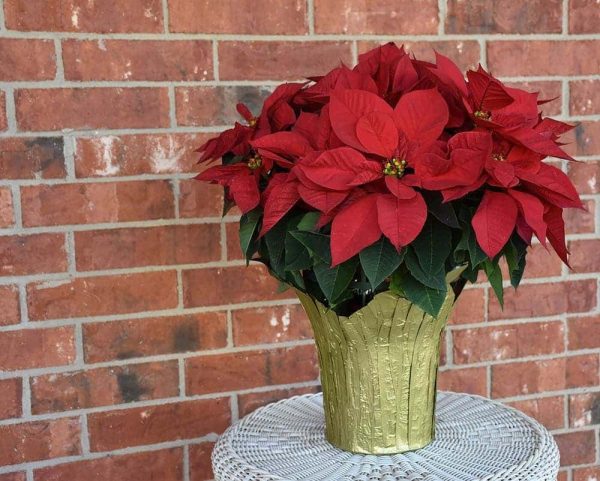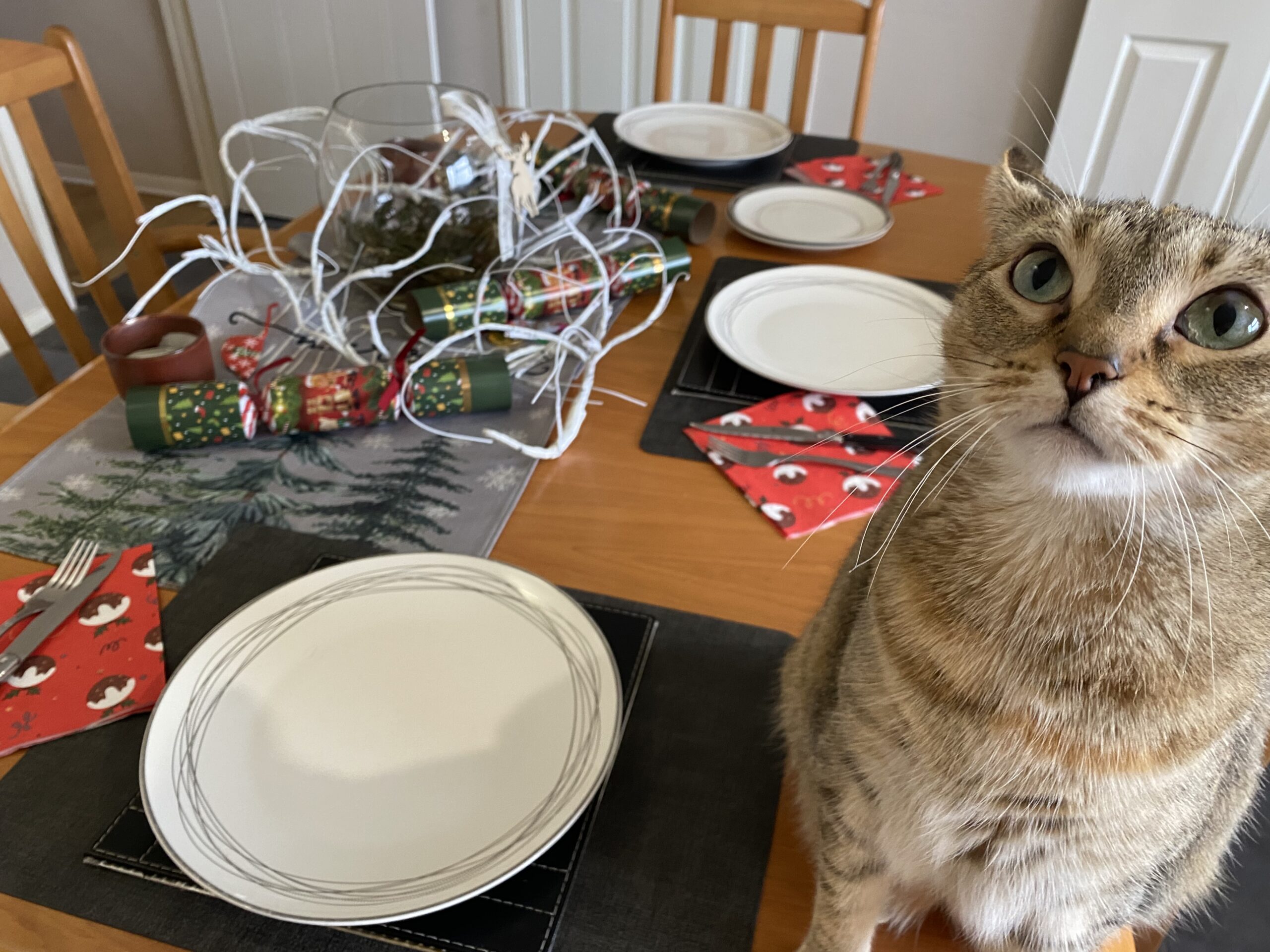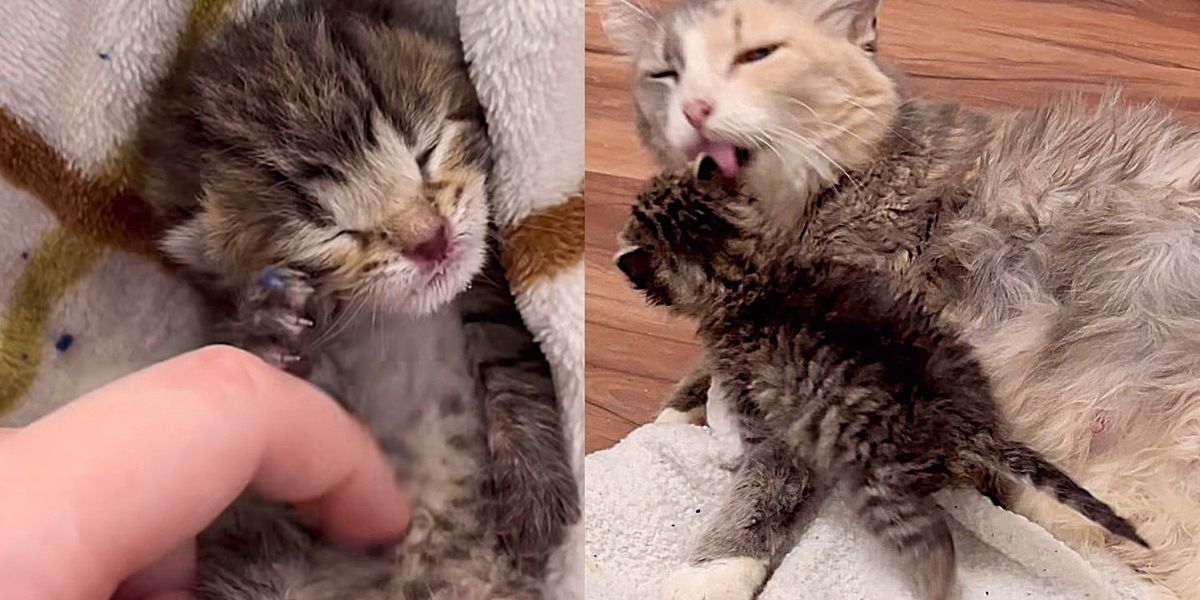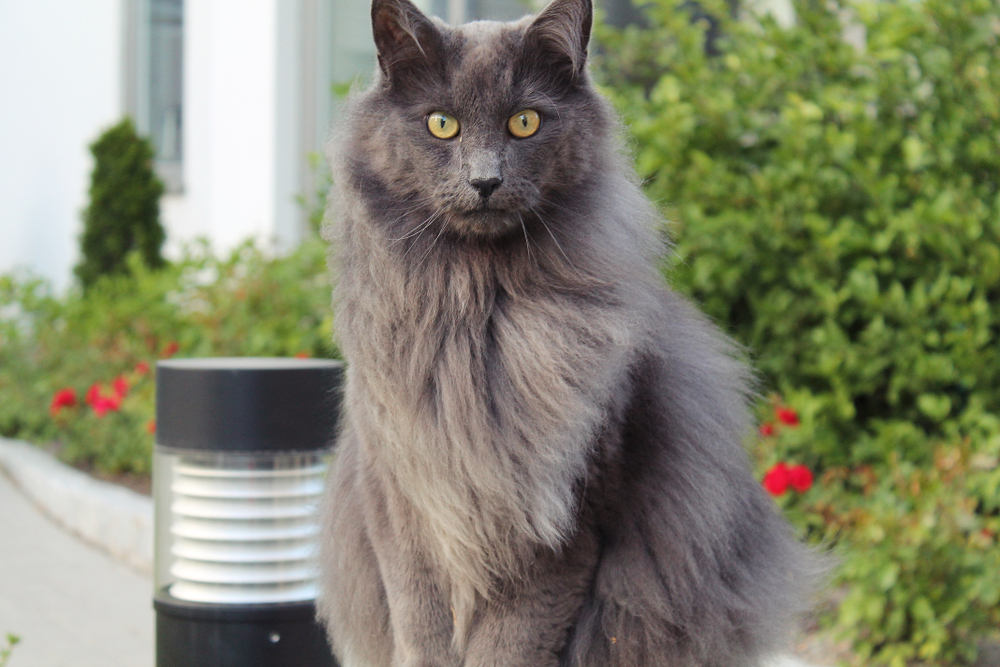We’ve all heard the apocryphal statement that “if you build it, they will come”. Great movie, although there could be more cats…
But as we head through the winter holiday season (think New Years, Valentine’s Day, cold weather and snow days, and hey, even President’s Day and the Super Bowl probably fit some definition of upcoming holiday), I’d like to propose a new seasonally-themed statement of “if you don’t think they will eat/chew/swallow/get it stuck/play with it, they will”.
So, this article is a heads up on some of the more common opportunities that cats seem to find, that cause trouble around this time of year: cold weather, winter holidays, you name it. And hopefully, it might save you a trip to the vet (you know, so you can make a scheduled visit for their annual wellness, rather than an unscheduled visit on New Year’s Eve at 11:59 pm. Believe me, vet clinics are not a fun place New Year’s Eve- I’ve been there (working) far too many times.
So, in no particular order, Pancake, Tiller and I put our heads together (really, they slept, and I made the list), and came up with a list.
Some Top Seasonal Winter Hazards For Cats
- Candles
- Fireplaces
- Hot stoves
- Trees and their decorations
- Ribbon
- Presents
- Cold weather
- Sidewalk and driveway salt/de-icer
- Antifreeze
- Thread and string
- Toxic plants such as lilies, poinsettias
- Chocolate
- Garlic
- Guests
- Electric cords and oral burns from chewing
A few years ago, I wrote a case study on a cat that had eaten a Christmas toy almost two months prior to presentation, by which time he was anemic, and in critical condition. Ah, yes- the gift that kept on giving. Luckily for this cat, he received a few blood transfusions to stabilize him, and surgery to remove the toy, and he went on to become a cheeky, cheerful boy with a good story, just in time to steal some hearts on Valentine’s Day. (Remember, if you don’t think they will eat it, they will.)
I have worked with many cats that people swore would never eat things… and too many flip flops, needle and thread, doll heads, hair ties, tinsel, earplugs, broom bristles and reusable straws later, I can definitely say: they will.
Expect The Unexpected: Tips For Addressing Some Of The More Common Winter Holiday Hazards
1. Nothing hot unattended.
Candles burn fur and melt whiskers. Stoves burn paw pads. Cats get into everything! Again, if you think they won’t, they will!
2. Ribbon and string decorations are like the cat version of spaghetti.
Once they start chewing, they don’t stop, a la Lady and the Tramp in that classic scene. Don’t leave dangly bits unattended. (Possibly a good rule of thumb for life in general…)
3. Cat proof any and all decorations.
For the tree, short of hanging it from the ceiling, or putting the tree into a cage, consider other options. Decorate an outdoor tree that you can see from a picture window in the house, or use a small, potted tree that doesn’t invite climbing. Get a sturdy base that won’t tip, if you go big, as many cats will climb a tree. Avoid breakable ornaments, as they will be fair game.
4. Guests…
Now, you may wonder, how are guests a hazard? They can mean doors left open, for your cat to run out, or bags with unusual items inside. I have even had feline patients that got fleas, when guests brought them from their own house, on a holiday visit! (Maybe that’s a good excuse to avoid a holiday visitor, or two?)
5. Feline pheromone diffusers.
Pheromone diffusers can be plugged in to help release calming signals to cats, prior to the event. Have a safe, cat-only room or designated space for your cat to chill in. For some cats, this might mean they spend an hour or two shut in that room. Better than them slipping outside and going walkabout! (Dog versions also exist for our canine inclined readers!)
6. Loud, uncommon noises

Noisy events like New Years’ celebrations and the Superbowl can mean lots of fireworks, parades, and other uncommon noises, which can be distressing to many pets. If your neighborhood is like mine, often it starts about a week before the actual holiday, and there are always a few stragglers that continue a day or two after, as well. Big football events sometimes mean local stadium noise that can be heard around the house, or guests over cheering and throwing foam cheese at the TV (yes, it’s a real thing). Consider playing white noise, or again, feline pheromone sprays and diffusers, to (ahem…) diffuse the situation.
7. Certain holiday foods.
Valentine’s Day might bring chocolates (bad for cats!), or fancy home-cooked meals oozing with garlic (depending on your dating style, though some may argue this may be counterproductive come V-Day)- so know what foods are safe for cats, and not. If in doubt, don’t offer them to your cat.
8. Certain holiday plants.

Poinsettias, many/most lilies, and other seemingly innocuous plants can be toxic or outright deadly to cats. I’ve bathed many cats that have a bright yellow face after snuffling lily pollen, which for reasons unknown, can cause kidney failure from even the smallest whiff. Plant proof the house, and beware the lovely VDay bouquet that might arrive, innocuous as it may seem.
Closing Thoughts
Winter can be a lovely time- cozying up with books, cats and a hot tipple of your choice, what’s not to love? But, it’s much better enjoyed at home, rather than a holiday trip to the vet’s. Remember how we started this article: if you don’t think they will eat/chew/swallow/get it stuck/play with it, they will!
So, if they do eat it…you will go…to the vet’s. Better to be proactive, and take some simple steps to identify, and address, any home hazards before they become a (second ahem of the day…) cat-astrophe!



